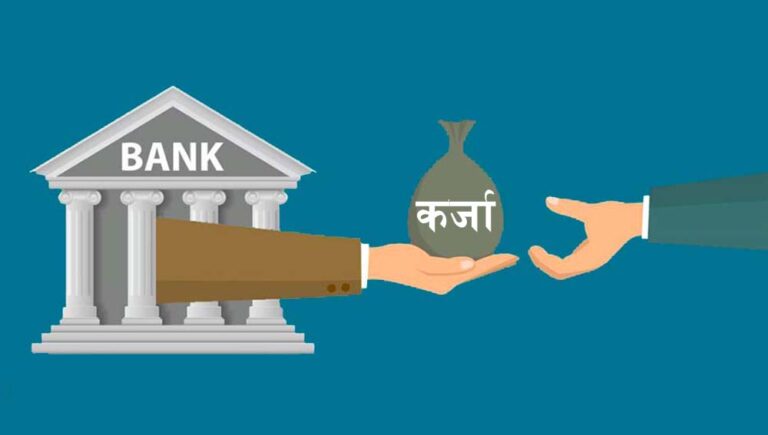Kathmandu – Credit flow from banks and financial institutions (BFIs) to the private sector increased in the fiscal year 2081/82 (2024/25), according to data published by Nepal Rastra Bank (NRB). Loans to the private sector grew by 8.4 percent, reaching Rs 4.23 trillion.
In the previous fiscal year, private sector lending had expanded by 5.8 percent, or Rs 2.76 trillion. Among total loans disbursed last year, 62.8 percent went to the non-financial institutional sector, while 37.2 percent was directed towards individuals and households. In the previous year, the distribution had stood at 63.3 percent and 36.7 percent, respectively.
By institution type, credit flow to the private sector rose by 8.6 percent from commercial banks, 6.1 percent from development banks, and 8.4 percent from finance companies. As of mid-July 2025, 64.7 percent of BFIs’ credit was backed by real estate collateral, while 14.5 percent was secured by current assets (agriculture and non-agriculture goods). A year earlier, these ratios stood at 66.5 percent and 13.2 percent, respectively.
Sector-wise, NRB reported that credit to the industrial production sector increased by 7.9 percent, transport, communication, and public services by 15.5 percent, wholesale and retail trade by 3.4 percent, and the service industry by 12.8 percent.
In terms of loan products, term loans rose by 7.1 percent, real estate loans (including personal housing) by 5.9 percent, margin loans by 56.2 percent, trust receipt (import) loans by 51.1 percent, hire purchase loans by 3.7 percent, and demand and working capital loans by 13.2 percent.
However, lending to the agriculture sector declined by 0.2 percent in the review year, showing no growth. Overdraft loans also contracted by 10.4 percent.



 About Us
About Us
Comment